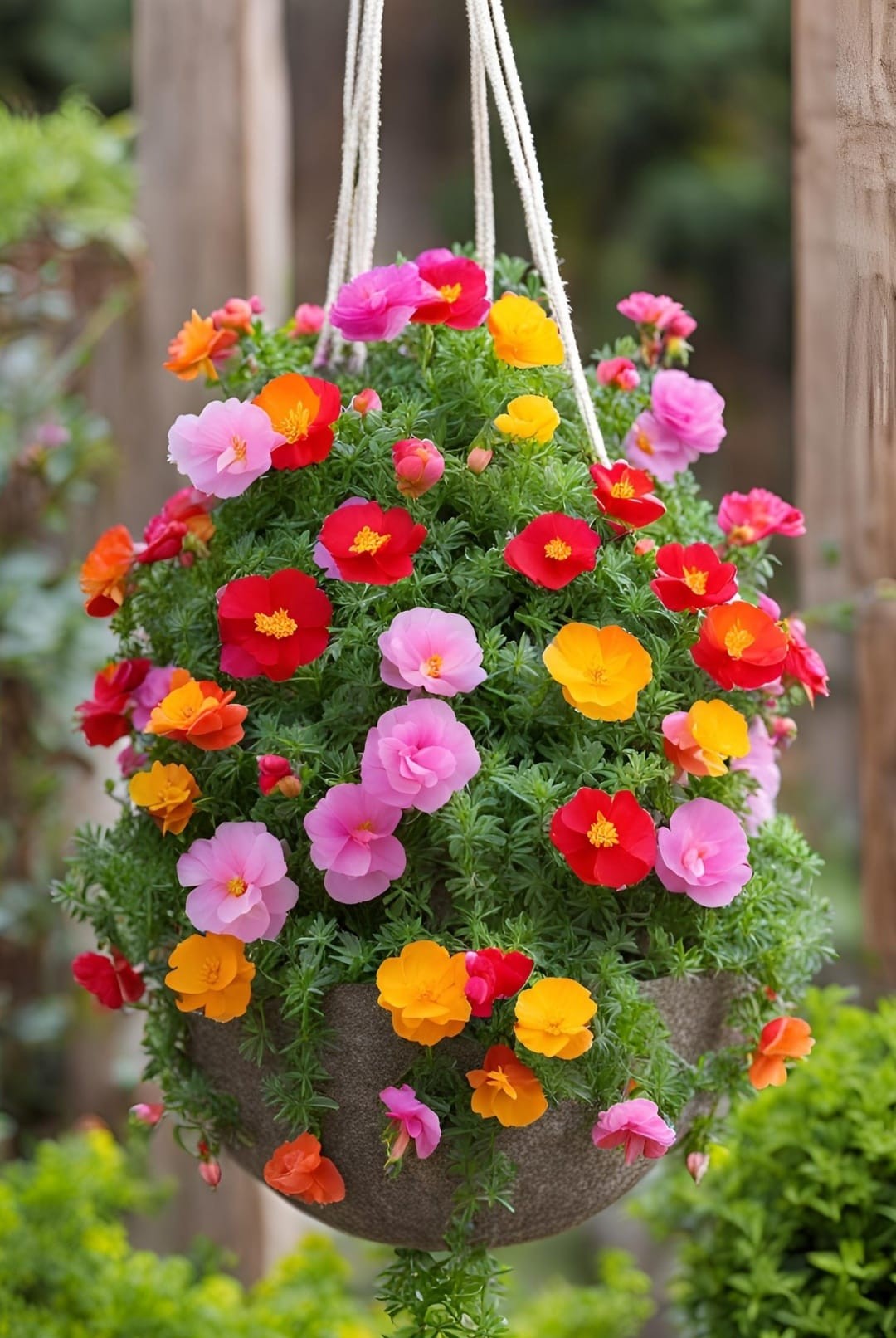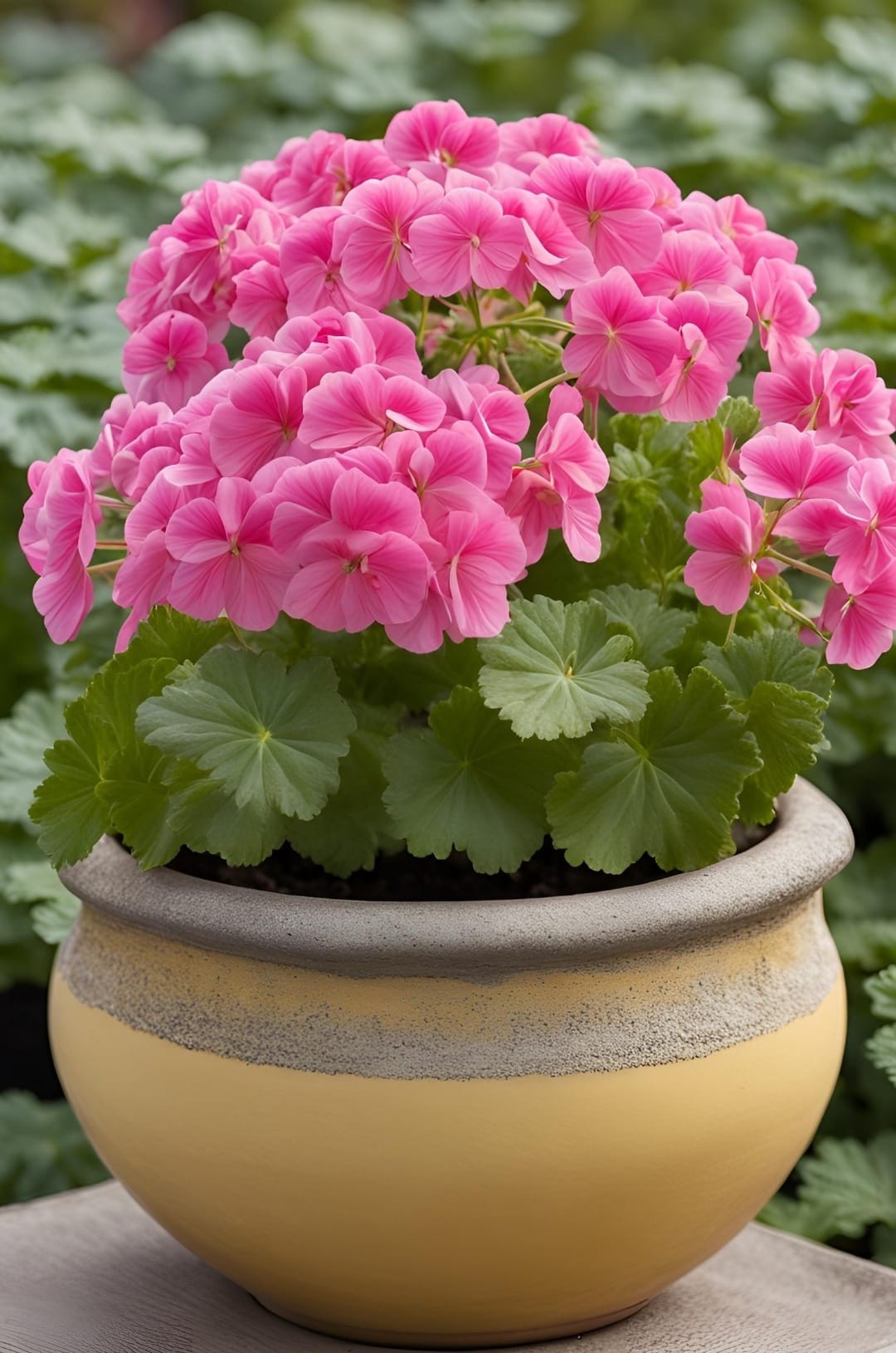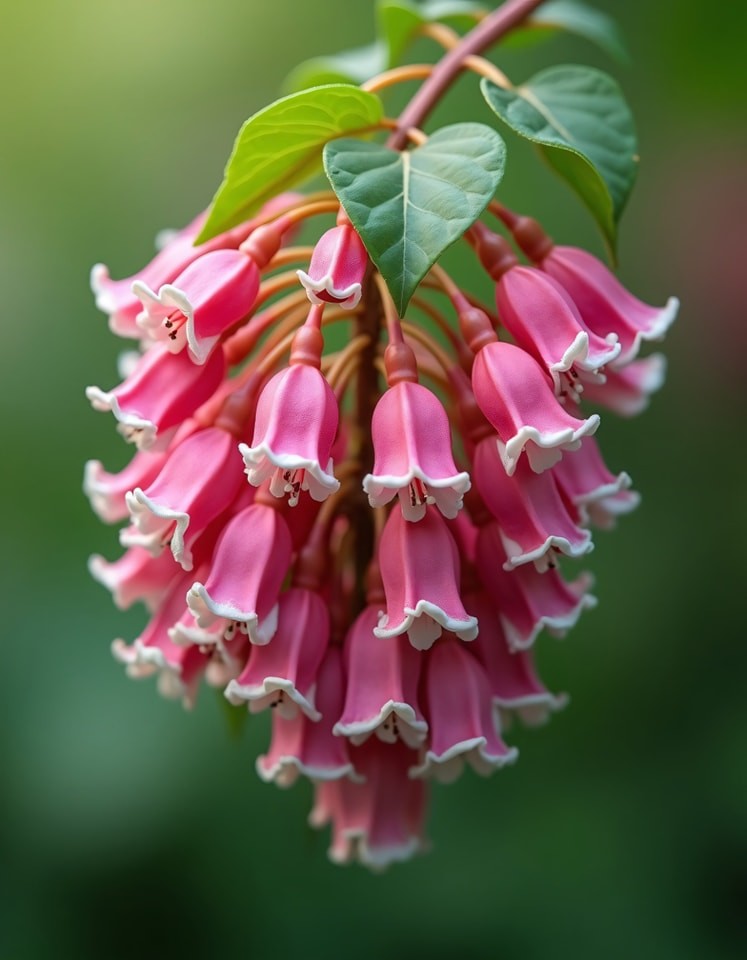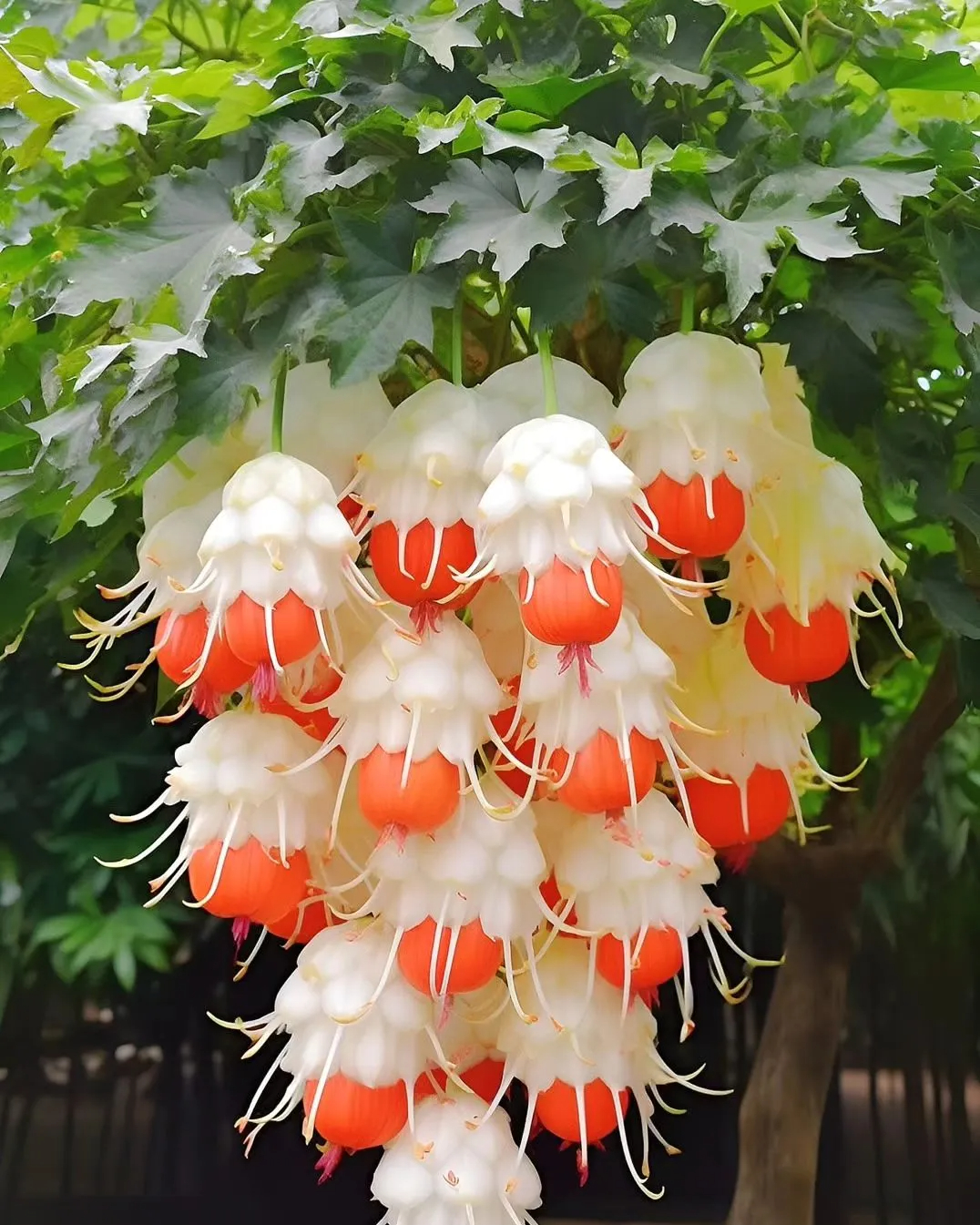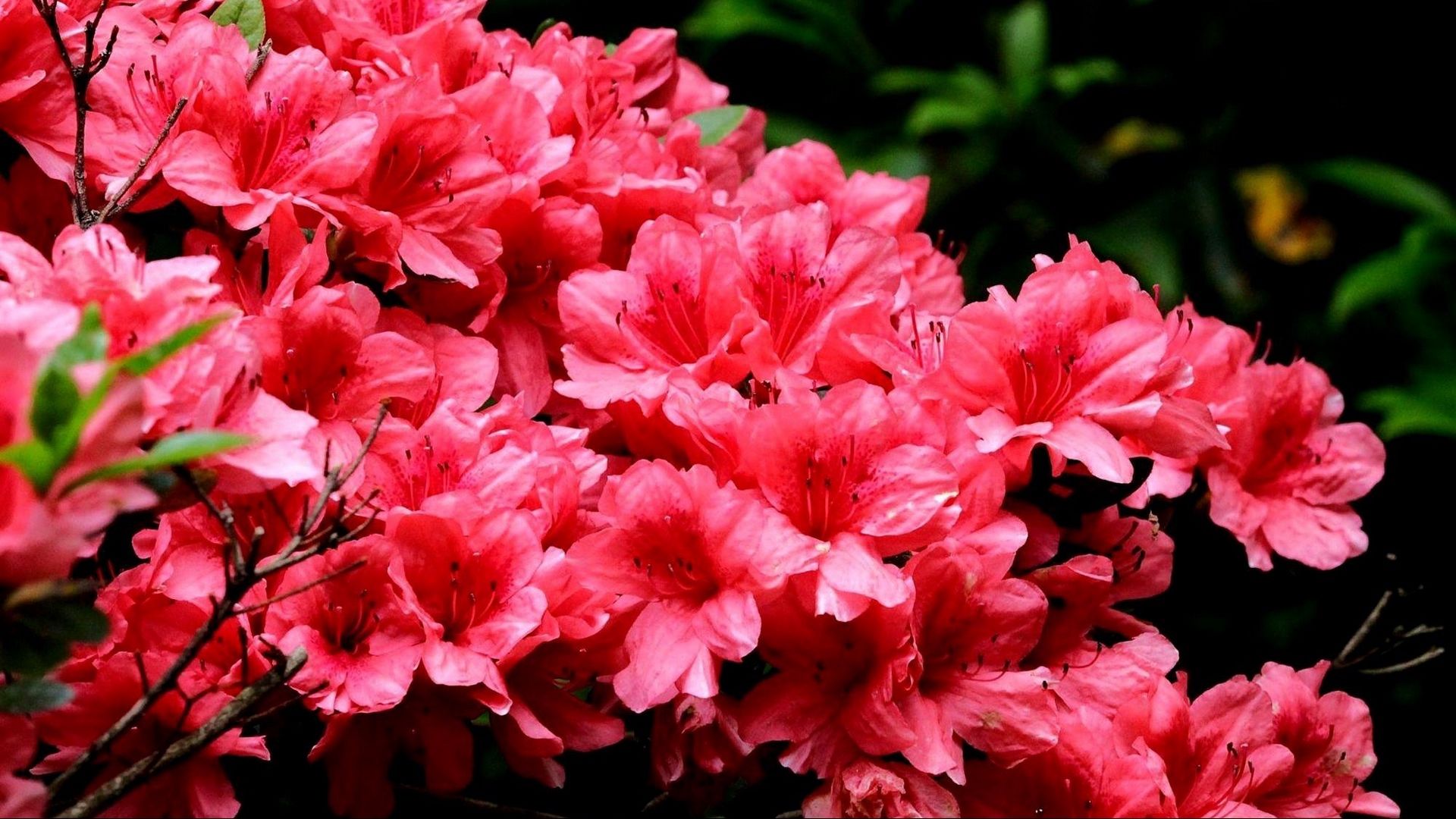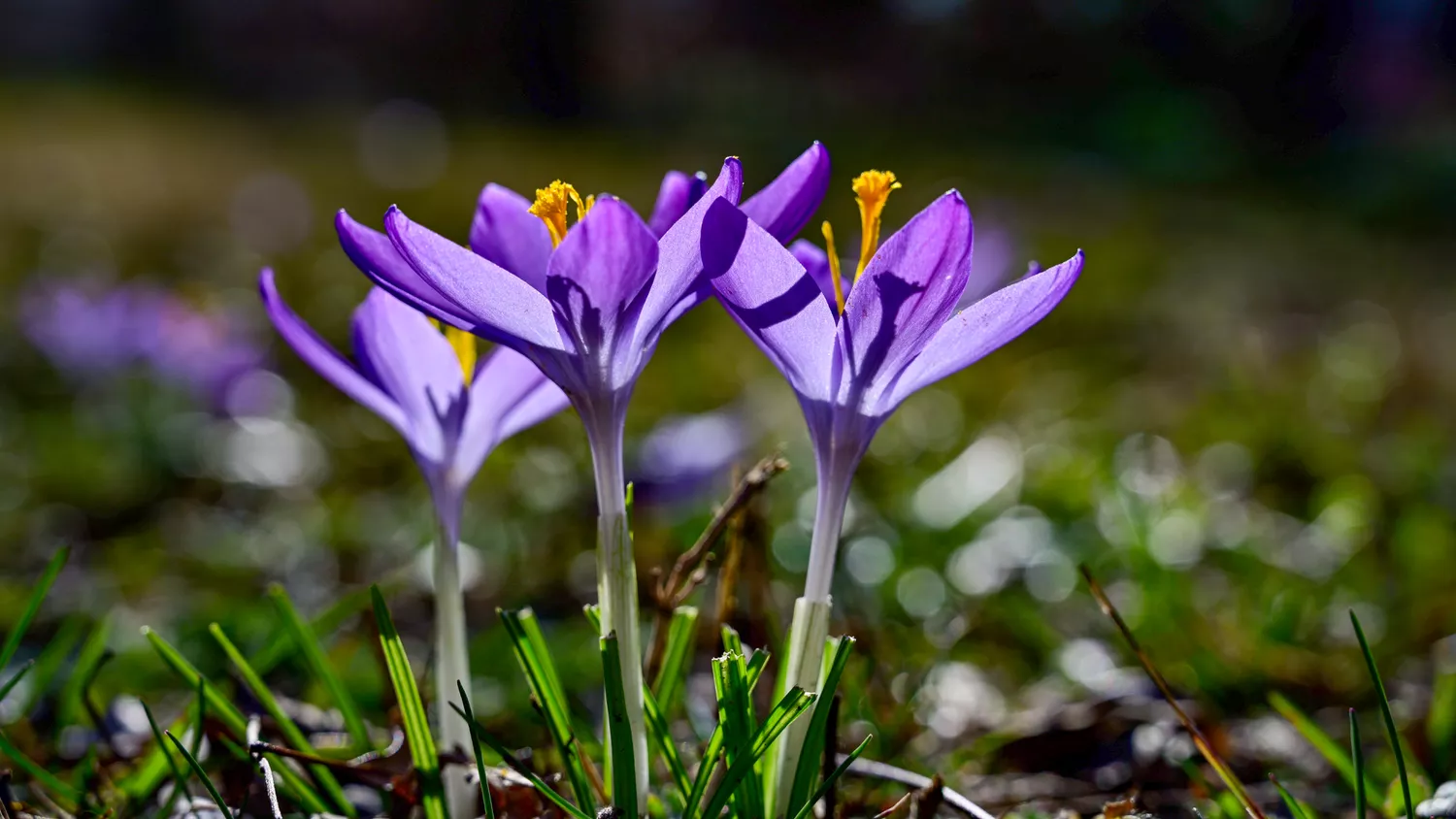Denmark, with its picturesque landscapes and diverse natural beauty, is home to a number of exquisite and renowned flowers. The country’s varied climate and fertile soils support a wide range of floral species, both native and introduced.
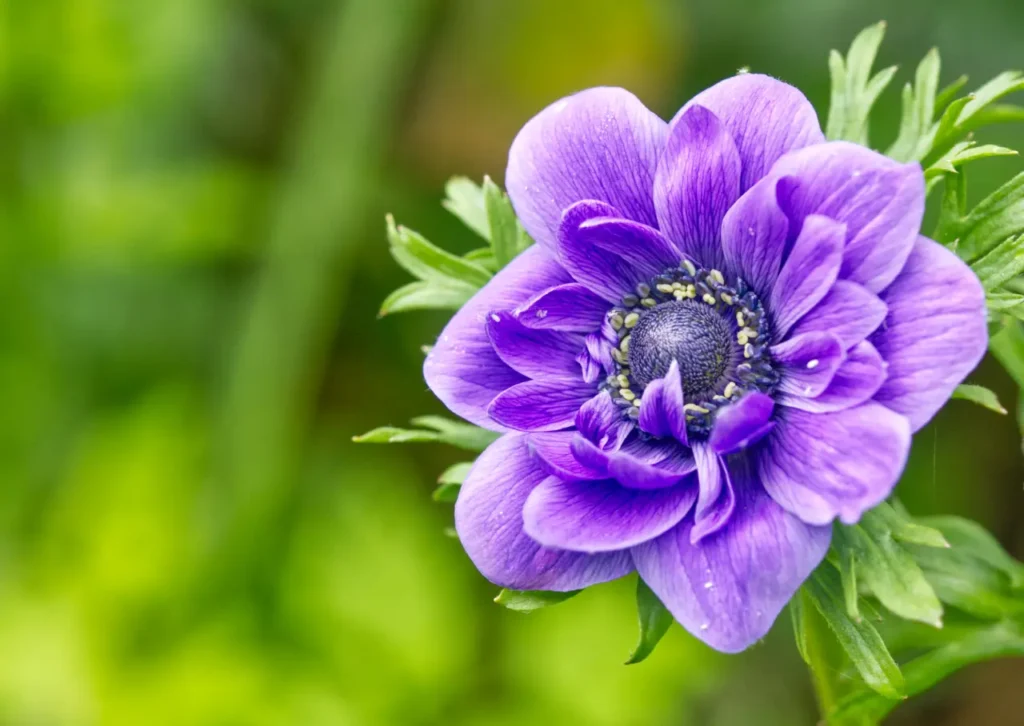
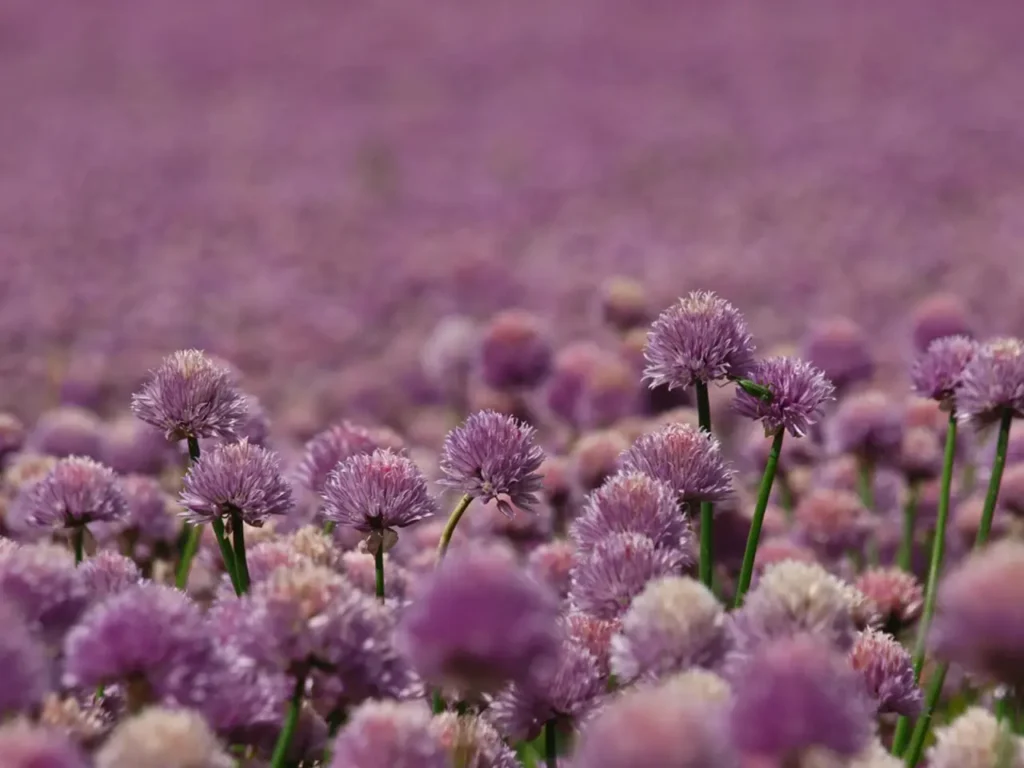

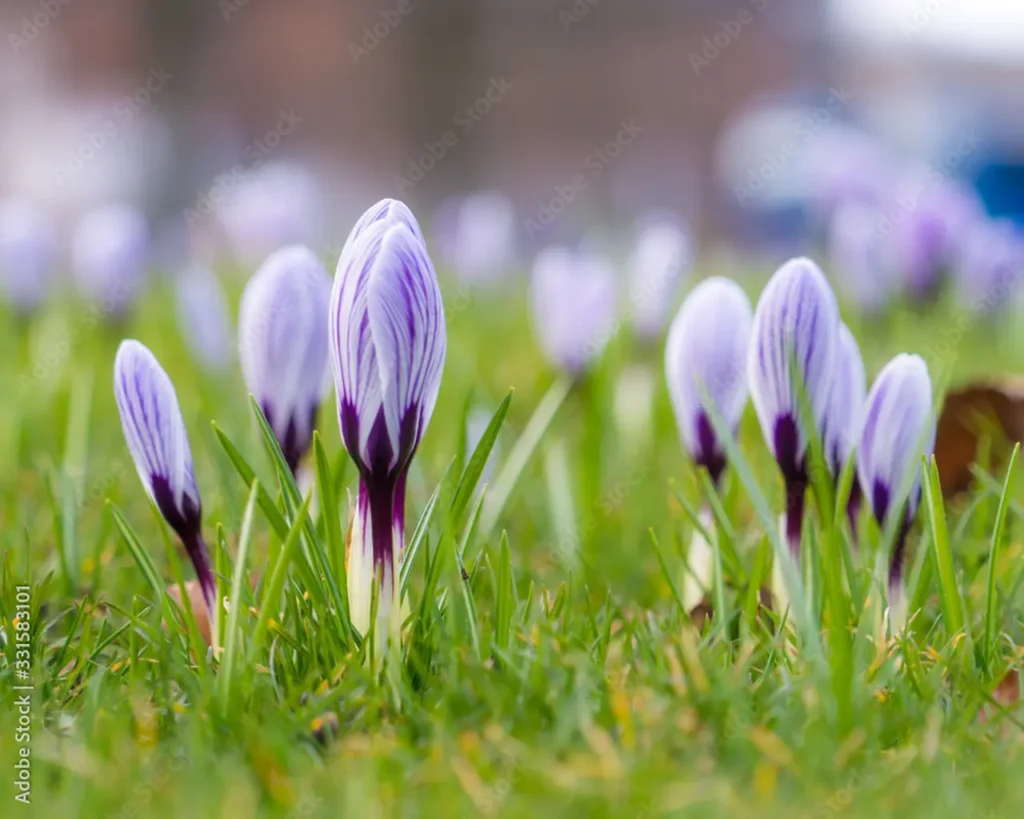

These are some of Denmark’s notable flowers:
- Oxeye daisy (Leucanthemum vulgare) – Also known as the ox-eye daisy, this white and yellow wildflower is a common sight in Danish meadows and pastures during the summer months.
- Danish rose (Rosa canina): The Danish rose, also called dog rose, is a species of wild rose found throughout Denmark. It displays delicate pink or white flowers and produces bright red rose hips in autumn.
- Common Bluebell (Hyacinthoides non-scripta): In spring, Denmark’s forests come alive with the vibrant blue flowers of the Common Bluebell, creating beautiful carpets of colour.
- Bellflower (Campanula rotundifolia): The bellflower is a delicate and charming bell-shaped flower that adorns meadows and hillsides throughout Denmark during the summer.
- Danish Orchid (Dactylorhiza fuchsii) – This native orchid species can be found in wetlands, meadows and woodlands, and displays its stunning purple-pink flowers during the summer.
- White nettle (Lamium album) – This wildflower features small white flowers with distinctive nettle-like leaves. It is commonly found in woodlands and hedgerows throughout Denmark.
- Danish Blue Poppy (Meconopsis cambrica): Also known as the Welsh Poppy, this bright orange-yellow flower can be seen in Danish gardens and natural areas.
- Danish Pasqueflower (Pulsatilla vulgaris) – Also known as the European Pasqueflower, this early spring flower features beautiful purple or bluish flowers that thrive in calcareous or limestone-rich soils.
- Danish Bellflower (Campanula trachelium) – This native species produces elegant bell-shaped flowers in shades of purple and blue, adding charm to Danish gardens and meadows.
- Lupin (Lupinus polyphyllus): Although not native to Denmark, lupin has become a common sight in the country’s landscapes. The tall spikes of blue, violet, pink and white flowers create stunning displays in fields and gardens.
- Danish heather (Calluna vulgaris): Also known as Ling or Common heather, Danish heather is an iconic and widespread flower in Denmark. It paints the landscape with its pink, violet and white flowers, especially in heaths and moors.
- Blue flax (Linum perenne) – This pretty blue wildflower can be found in a variety of habitats including meadows, roadsides and coastal areas in Denmark.
- Danish Scurvygrass (Cochlearia danica) – As the name suggests, this plant is native to Denmark and is known for its high vitamin C content, which made it historically important in preventing scurvy. It has small white flowers and is often found on coastal rocks and cliffs.
- Wood anemone (Anemone nemorosa): The wood anemone is a delicate spring flower that forms beautiful carpets of white flowers in Danish forests.
- Danish Iris (Iris danica) – This native iris species is one of Denmark’s national flowers. It displays delicate, pale purple-blue flowers with yellow accents, symbolizing the arrival of spring.
- Cornflower (Centaurea cyanus) – This striking blue wildflower is a common sight in Danish fields and meadows during the summer months.
- Marsh Marigold (Caltha palustris): Found in wetlands, marshes and along stream banks, Marsh Marigold brightens Danish landscapes with its vibrant yellow flowers.
- Danish Speedwell (Veronica officinalis) – This wildflower is known for its tiny blue flowers and is often found in meadows and grasslands.
- Yellow Flag Iris (Iris pseudacorus) – This attractive native iris species features large yellow flowers and is commonly found near bodies of water in Denmark.
- Bird’s-foot trefoil (Lotus corniculatus) – This lovely wildflower has bright yellow flowers with red markings and is commonly seen in meadows and grassy areas.
These are just a few examples of the exquisite and famous flowers that adorn the Danish countryside and gardens. Denmark’s floral diversity contributes to the country’s beauty and provides a delightful experience for nature lovers and visitors alike.
